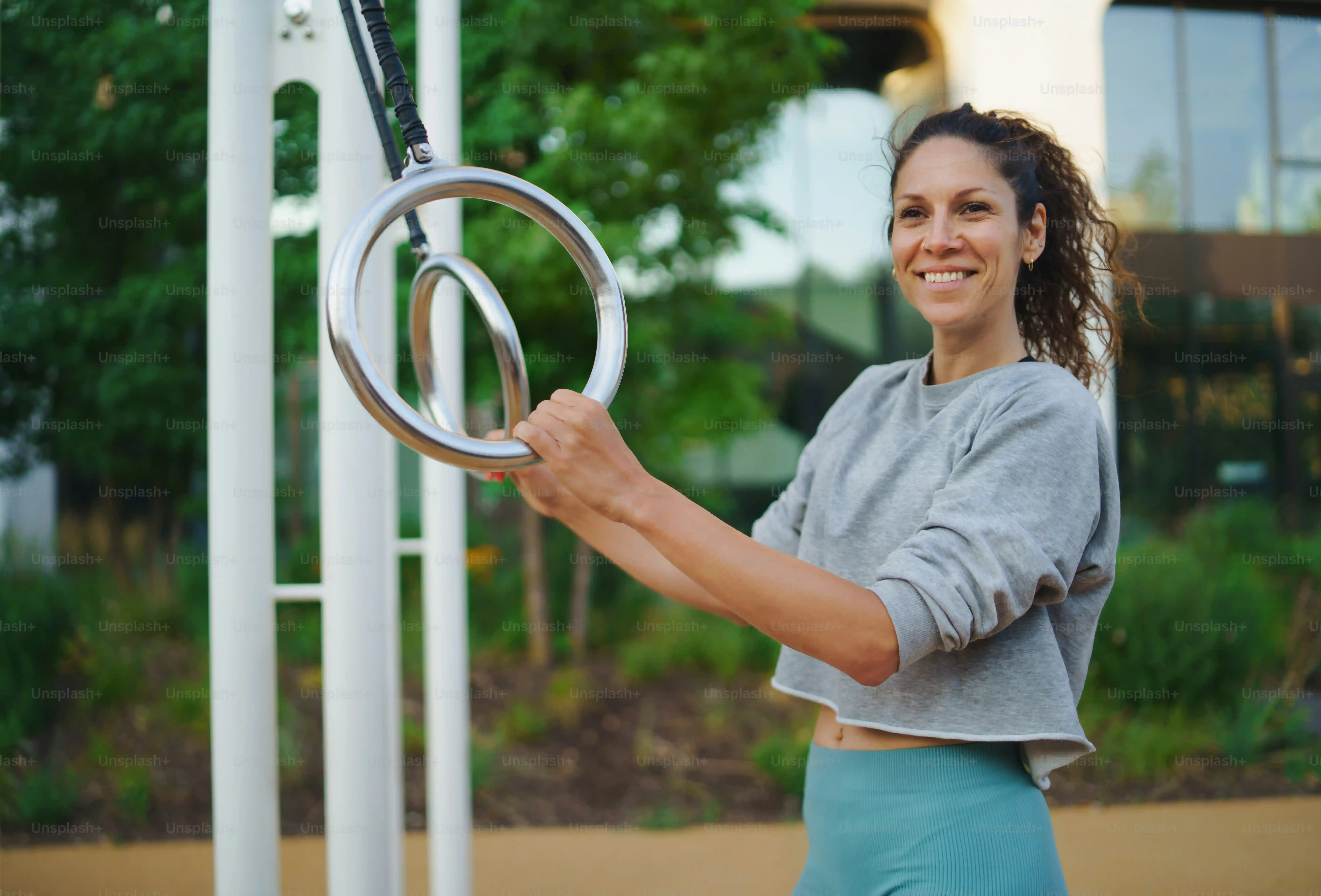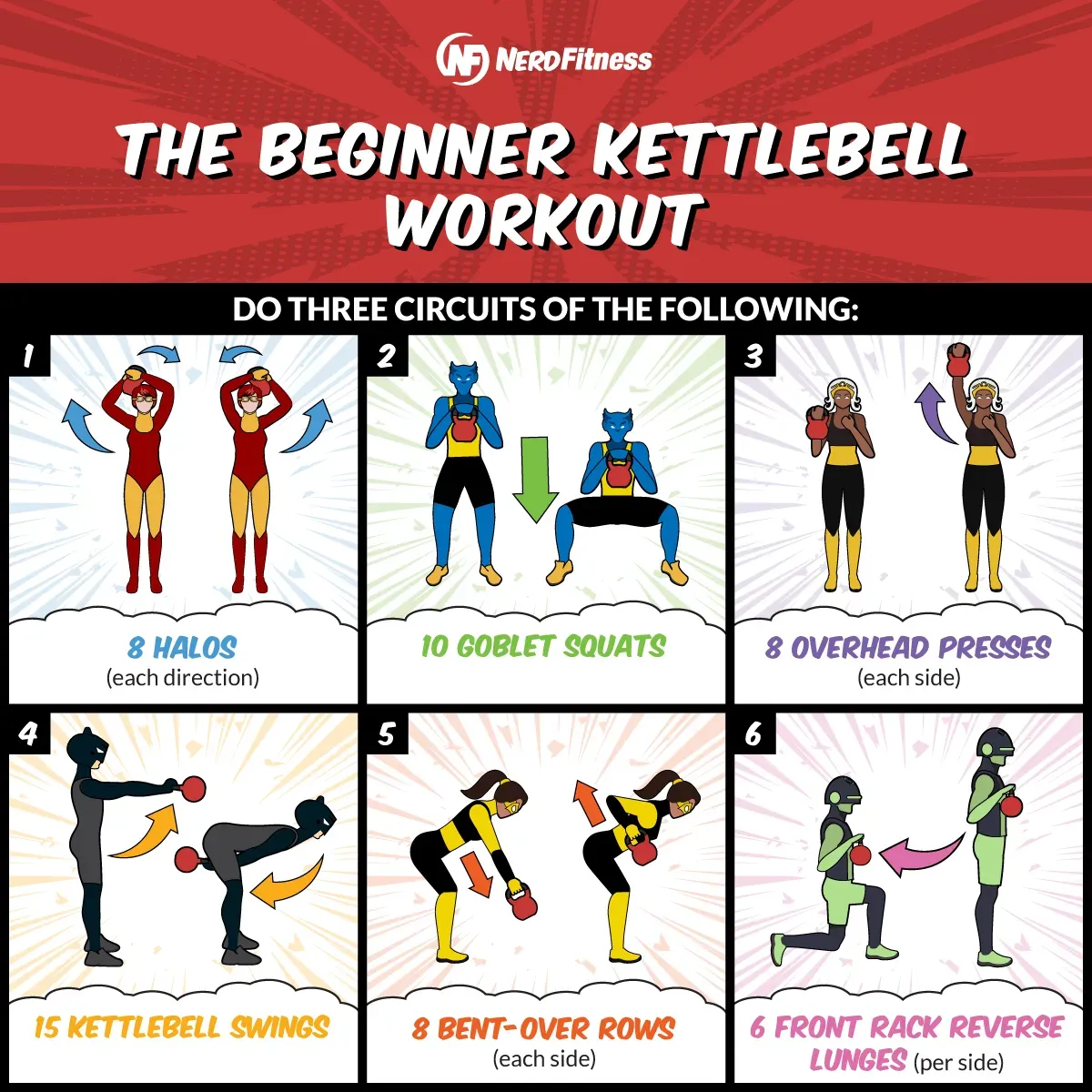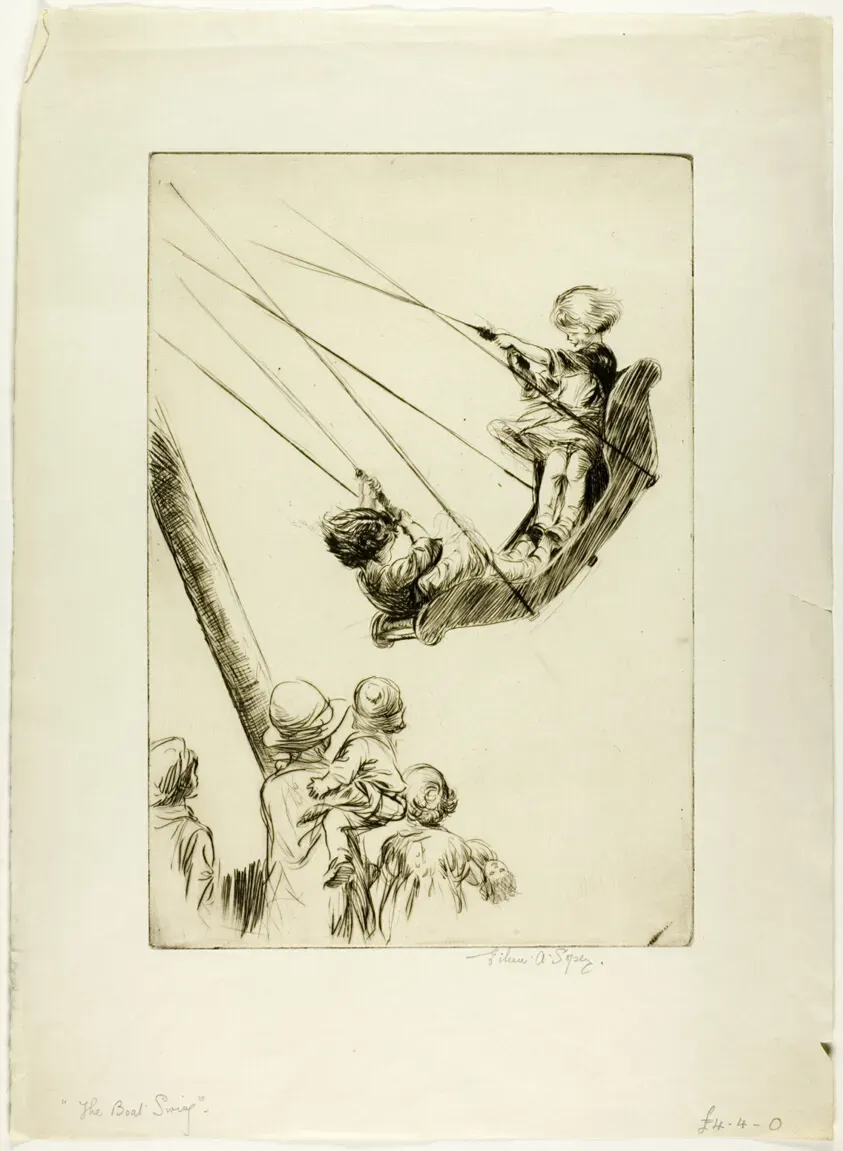Table of Contents
Feeling overwhelmed by the gym floor? Maybe you've seen those folks slinging iron balls around and thought, " that looks intense, but maybe... maybe I could do that?" You're not alone. Finding a single exercise that delivers serious bang for your buck can feel like searching for a unicorn. Many beginners waste time hopping between machines, unsure if they're even doing anything right. That's where the kettlebell swing comes in. It's a fundamental, powerful movement that works your entire body when done correctly.
Why the Kettlebell Swing is Your New Favorite Beginner Workout

Why the Kettlebell Swing is Your New Favorite Beginner Workout
More Bang for Your Buck: Total Body Power
Look, when you're just starting out, you don't have hours to spend figuring out ten different machines or mastering complex barbell lifts. You want something efficient, something that hits a lot of muscles at once. That's exactly what the kettlebell swing beginner workout delivers. It's not an arm exercise, or a leg exercise, or even just a back exercise. It's a dynamic, hip-hinge movement that generates power from your lower body and transfers it through your core and upper body. Think of it as a powerful standing plank that moves. You're building explosive strength in your hips and glutes – the engine room of your body – while simultaneously engaging your core for stability and your grip and shoulders for control. It’s a fundamental human movement pattern, just amplified.
Building Real-World Strength, Not Just Show Muscles
Unlike isolation exercises that work one muscle group in a vacuum, the kettlebell swing teaches your body to work together as a unit. This is functional strength. It's the kind of power you use when you lift a heavy box, jump, or sprint. It builds a resilient posterior chain – your glutes, hamstrings, and back – which is crucial for good posture and preventing injuries, especially if you spend a lot of time sitting. Plus, the ballistic nature of the swing improves your power output, which is essentially how quickly you can generate force. That translates directly to being more athletic and capable in everyday life, not just looking good in the mirror.
- Works multiple muscle groups simultaneously (glutes, hamstrings, core, back, shoulders).
- Builds explosive hip power.
- Improves cardiovascular conditioning.
- Enhances core stability and strength.
- Develops grip strength.
- It's a functional movement that mimics real-life activities.
Simple to Start, Challenging to Master
One of the biggest hurdles for beginners is feeling intimidated or lost. The basic kettlebell swing is relatively simple to learn, focusing on a natural hip hinge rather than complex joint movements like squats or deadlifts (though those are valuable too!). You can start with a lighter weight to nail the form, and the progression is straightforward: increase weight, increase reps, or decrease rest. It’s also relatively low-impact compared to running or jumping, making it accessible for many people, provided they have a healthy back and hips. Getting proficient takes practice, sure, but the entry barrier for a kettlebell swing beginner workout is surprisingly low, making it a great starting point for building a strong foundation.
Nailing the Form: Proper Technique for Your First Kettlebell Swings

Nailing the Form: Proper Technique for Your First Kettlebell Swings
The Setup: Getting Ready to Swing
Alright, let's talk about getting set up for your kettlebell swing beginner workout. This isn't just picking up the bell; it's about creating a strong, stable base. Stand with your feet a bit wider than hip-width, toes pointed slightly out. Imagine you're about to jump. Place the kettlebell about a foot in front of you. Now, hinge at your hips – push your butt back like you're trying to touch a wall behind you. Keep your back flat, shoulders pulled back, and chest up. Think "proud chest." Grab the kettlebell handle firmly with both hands. Your knees should be slightly bent, but this isn't a squat. The movement comes from the hips. Hike the bell back between your legs, high up towards your groin, like you're snapping a football.
The Swing: The Power of the Hips
From that hiked position, it's all about the hips. Drive your hips forward explosively, standing up tall. Think about snapping your hips rather than lifting with your arms or back. The kettlebell should float up to about chest or eye level. It's the force from your hips that sends the bell up, not an arm pull. As the bell starts to fall, let gravity do its thing. Guide it back down between your legs, hinging at the hips again as it descends. Abs stay braced throughout the movement, like you're preparing for a punch. Find a rhythm: hike, pop the hips, let it fall, hike again. The bell should travel in a smooth arc.
- Keep your back flat, not rounded.
- The power comes from your hips, not your arms or back.
- Hike the bell high between your legs on the backswing.
- Stand up tall and snap your hips at the top.
- Don't squat; it's a hinge movement.
- Keep your neck neutral; look straight ahead or slightly down.
Avoiding Common Pitfalls in Your Kettlebell Swing Beginner Workout

Avoiding Common Pitfalls in Your Kettlebell Swing Beginner Workout
Avoiding the "Squat Swing" and Other Mishaps
so you've got the basic setup and movement pattern down for your kettlebell swing beginner workout. That's step one. But let's be real, everyone messes up when they first start. The most common rookie error? Turning the swing into a squat. You see people bending their knees way too much, dropping their butt straight down instead of pushing it back. This takes all the power away from your hips and puts unnecessary strain on your knees and lower back. Another classic is lifting the bell with your arms and shoulders, like you're doing a front raise. Nope. The arms are just ropes holding the bell; the engine is your posterior chain. Failing to hike the bell high enough on the backswing is another one – you need that stretch and tension in your hamstrings to generate explosive power on the upswing. Getting these details right is crucial, not just for effectiveness but for keeping your spine happy.
Putting it Together: Simple Kettlebell Swing Beginner Workout Plans

Putting it Together: Simple Kettlebell Swing Beginner Workout Plans
Starting Simple: Your First Kettlebell Swing Beginner Workout
you've got the form down (or you're working on it, which is the important part). Now what? You don't need a complicated routine to start seeing results from your kettlebell swing beginner workout. The simplest approach is often the best. Begin with just the swing itself. Aim for sets of 10-15 repetitions. Why that number? It's usually enough to feel the movement and get a little winded without completely frying your muscles or letting your form fall apart. Focus on quality over quantity. Rest for 60-90 seconds between sets to recover properly. Do 3-5 sets. That's it. Seriously. This foundational practice lets you build consistency and reinforce proper technique before you add other exercises or complexities. Don't feel pressured to go heavy right away; mastering the hip snap with a lighter bell is far more valuable than muscling a heavy one with your arms and back.
- Start with 3-5 sets of 10-15 reps.
- Focus on perfect form, not speed or weight.
- Rest 60-90 seconds between sets.
- Practice this simple routine 2-3 times per week.
- Listen to your body; stop if form breaks down.
Adding Layers: Progression for Your Kettlebell Swing Beginner Workout
Once you're comfortable with the basic structure and your form feels solid for your kettlebell swing beginner workout, you can start adding layers. The easiest way to progress is by increasing the weight of the kettlebell. A heavier bell demands more power from your hips and more core stability. Another option is to increase the number of repetitions per set, pushing your muscular endurance. You could also decrease the rest time between sets to challenge your cardiovascular system more. Or, you can combine the swing with other basic exercises. A classic pairing is swings followed by push-ups or bodyweight squats. This creates a mini-circuit that hits multiple movement patterns and ramps up the intensity. Remember, consistency trumps complexity when you're starting out.
Ever feel like you're just going through the motions? How can you make each swing feel powerful and intentional?
Your First Swing is Just the Beginning
So, there you have it. The kettlebell swing isn't just another exercise to add to a long list; it's a foundational movement that builds real-world strength and power. You've seen why it's a game-changer for a kettlebell swing beginner workout, learned the crucial points of form, and hopefully feel less intimidated by that cannonball with a handle. Progress takes practice, and you won't nail it perfectly on the first try – nobody does. But focusing on technique, starting light, and consistently incorporating swings into your routine will yield results you can feel. Stop overthinking it and start swinging. Your posterior chain will thank you.